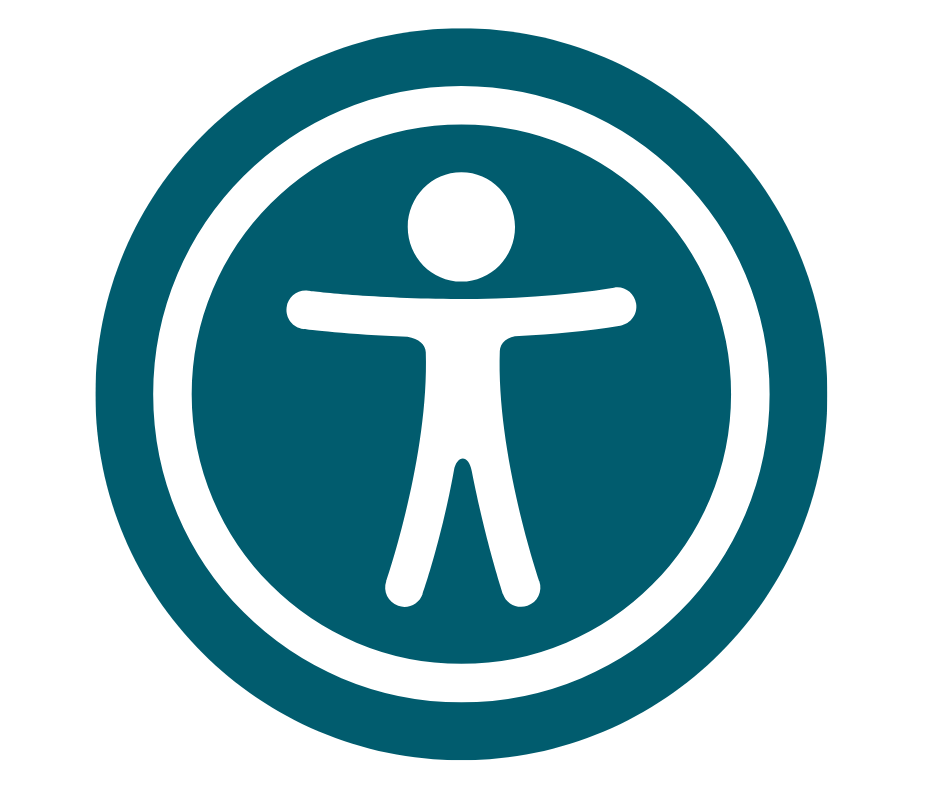How has the education sector implemented accessibility regulations?
Kelly Chan | 29 Jun 2023In September 2018, the United Kingdom implemented new legislation mandating public sector bodies to meet accessibility standards for their digital content and systems (PSBAR 2018). This marked a significant shift by objectively defining accessibility requirements and considering the failure to comply as a failure to make reasonable adjustments.
Five years have passed since the introduction of these regulations, prompting an examination of how education has responded. In this blog, we will explore the progress made, the interventions that have had the most impact, the challenges faced, and the lessons learned.
How well has the public sector accessibility regulations been implemented? 
To understand the current landscape, a reflective survey was conducted by Alistair McNaught of McNaught Consultancy to gauge perceptions of digital accessibility compliance in educational institutions. The survey covered various aspects, including organisational awareness, training, auditing, policy/leadership, and solicited advice from other organisations.
The survey results showed that approximately 45% of respondents felt their organisations had good awareness and were making progress in digital accessibility. However, 20.5% of organisations still had low overall awareness even after five years of the legislation's enactment. Such a lack of due diligence could be legally indefensible, and organisations in this category were at risk. Furthermore, 22.7% of respondents believed that awareness was good, but practice had not changed.
The free text responses revealed several themes. Some organisations focused on future proofing by prioritising core systems' accessibility and embedding training for new teaching staff. However, inconsistency was apparent, with awareness and activity being driven by individuals' passion rather than policy. Leadership was identified as a crucial factor, as the absence of senior management direction often made accessibility initiatives optional. Over-reliance on technology solutions without policy or quality assurance validation was another common issue.
The survey included questions about various interventions related to training, auditing, leadership, and more. The aim was to determine which interventions were better predictors of overall accessibility progress. The analysis showed that organisations with the most progress had ownership of accessibility at a senior level, a designated Head of Digital Accessibility, and accessibility as a reporting criterion in quality assurance processes. Additionally, monitoring course content, mandatory and monitored training, and targeted role-based training were prevalent in successful organisations.
How to improve accessibility awareness and good practice in educational institutions 
Free text responses from organisations with good awareness and changing or good practice highlighted several interventions that had a positive impact:
- Tools such as accessibility checkers and captioning tools received multiple mentions
- Training, both general awareness-raising and targeted training for specific groups, was also effective
- Cross-institutional teams, along with strategic interventions like published e-learning standards and senior leadership support, were mentioned
Notably, some interventions failed or backfired in certain organisations:
- Underfunding and undervaluing accessibility roles were common issues, leading to reduced value and limited impact
- Unintended consequences included the misuse of auditing tools and cultural pushback against mandatory training
By analysing the low progress organisations, it became evident that lack of senior leadership support, inadequate accountability, and absence of high-level ownership were key factors hindering progress. Furthermore, the best performing organisations had more “well established” interventions compared to low progress organisations. Culture change takes time.
Five years after the enactment of accessibility regulations, progress in higher education has been mixed. While nearly half of the respondents reported positive changes, many organisations still struggle to meet accessibility requirements.
Lack of leadership support was a significant barrier, leading to poor responsiveness, limited measurement or reporting, and inefficient resource allocation.
The best-performing organisations emphasised the importance of senior management buy-in, quality assurance, cross-team collaboration, and embedding accessibility in training. For more details, see the full report.
How AbilityNet can help education institutions with digital accessibility 
If you’re not sure where your organisation sits on the spectrum between outmoded practice and leading-edge accessibility excellence, you can download our free Higher and Further Education (HE/FE) Accessibility Maturity Model.
Created by AbilityNet and McNaught Consultancy, our maturity model resource helps you:
- Determine where you are in the Accessibility Maturity Spectrum
- Understand risks; build on accessibility benefits
- Identify support needs
Download your free HE/FE Maturity Model resource
Finally, if you want to explore the student’s course-level experience of inclusive practice and digital accessibility, contact Alistair McNaught Consultancy to ask about their Learner Journey exploration and reporting service.



